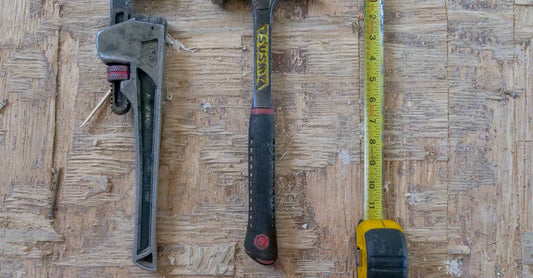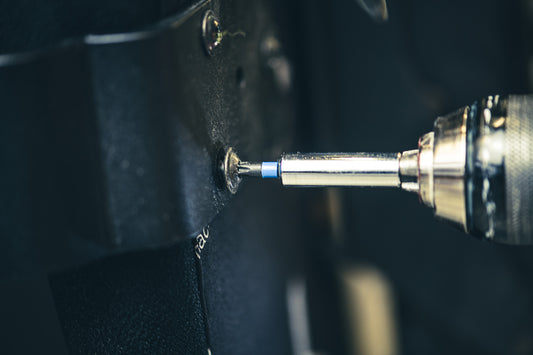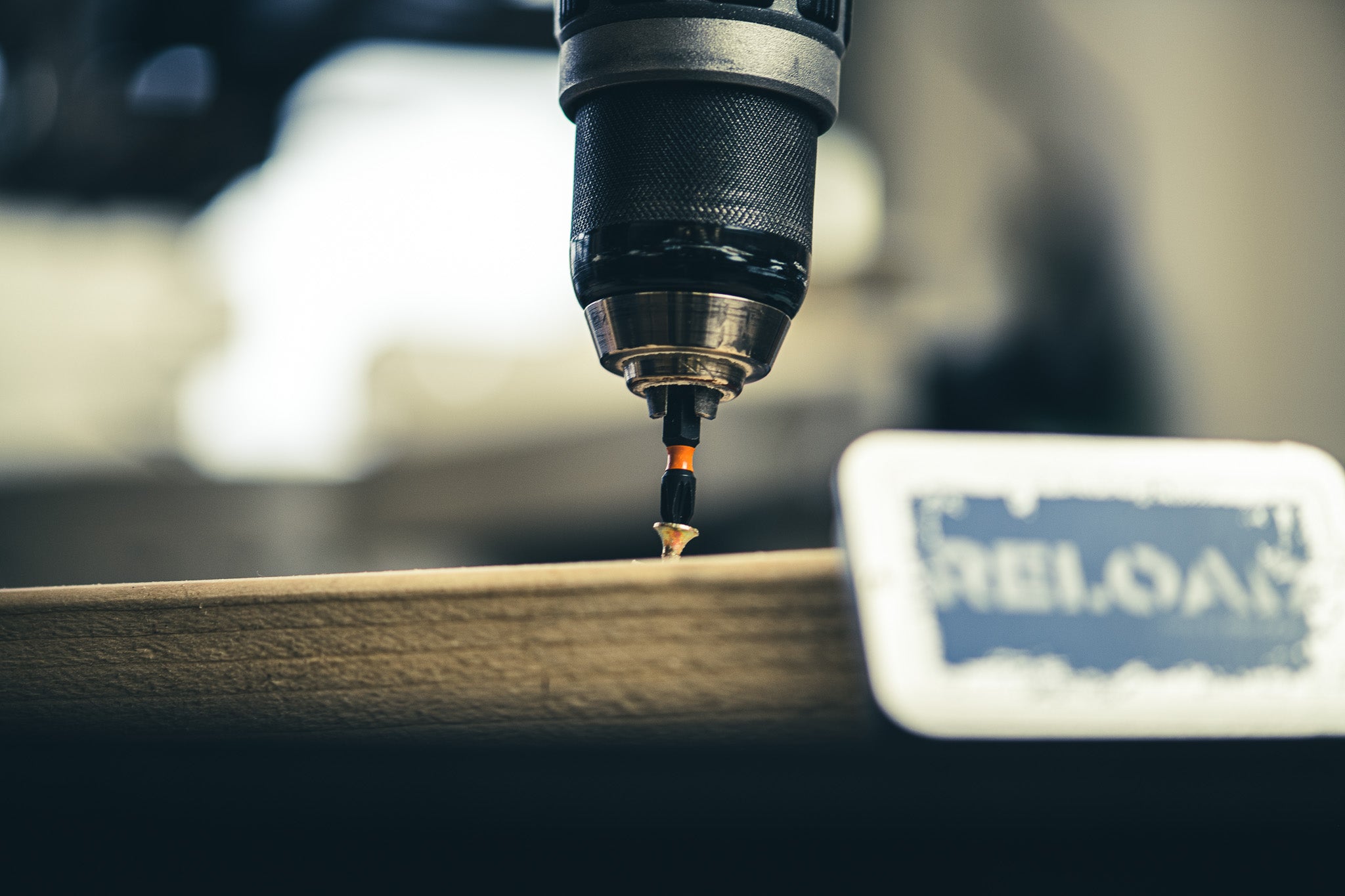rihp-kuh-ting
Verb, Noun
The process of cutting a material such as timber or steel along a straight line.
Example usage: We need to rip-cut the timber for the frame.
Most used in: Construction projects in Australia.
Most used by: Carpenters, builders, and other tradespeople.
Popularity: 8/10
Comedy Value: 2/10
Also see: Ripping, Cut-Ripping, Tear-Out, Tear-Cutting,
What is Rip-Cutting?
Rip-Cutting is a process used in carpentry to cut a board or piece of wood in the direction of the grain. This type of cut is different from cross-cutting, which is done perpendicular to the grain. Rip-Cutting is often used to make boards narrower, or to cut boards to their desired length. It is also used to create a bevel in a board.
Rip-Cutting is typically done with a table saw. The board is pushed into the saw, and the saw blade is lined up parallel to the grain of the wood. The saw blade is then activated, and the board is cut in the direction of the grain. It is important to take safety precautions when rip-cutting, as the saw blade can be dangerous. It is recommended that rip-cutting be done with a dust mask, safety goggles, and hearing protection.
Rip-Cutting is a common process in carpentry, and is used for a variety of projects. According to a survey conducted by the National Woodworking Association, over 80% of carpentry professionals use rip-cutting in their projects. This shows the importance of knowing how to rip-cut correctly and safely.
.The Origin of Rip-Cutting in Carpenter Construction
The term ‘rip-cutting’ was first used in the context of carpenter construction in the United States in the late 19th century. It is thought to have originated in the carpentry trade in the Midwest, particularly in the states of Minnesota, Wisconsin, and Iowa.
Rip-cutting is a carpentry technique used to cut boards along the grain of the wood. This is done by using a saw to cut along the length of the board. This technique is often used to make boards of a specific width or to cut boards to length.
The term ‘rip-cutting’ is still used today by carpenters in the United States and is a common carpentry technique. It is used to accurately cut boards along the grain of the wood and is an essential part of carpentry construction.




